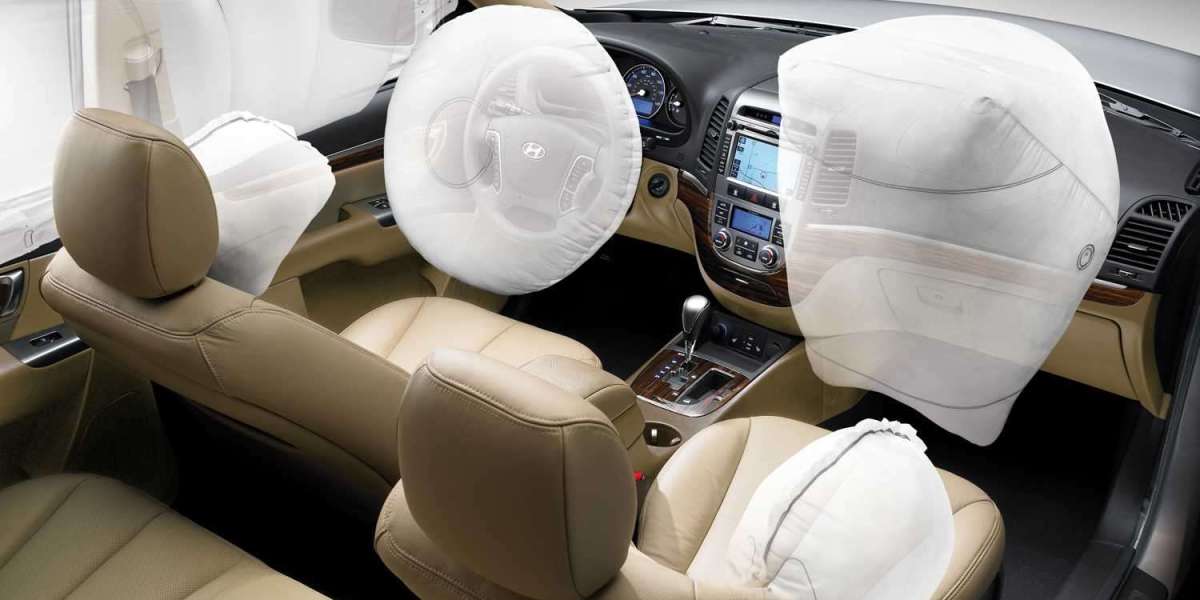A self-cleaning station is a base that takes care of the most tedious part of maintaining a robot vacuum and mop combo: it sucks dirt from the container, rinses and spins the mops, and sometimes even dries them with warm air. There are three key types of bases. The first is a dust collector: inside is a bag into which the station pumps dirt from the robot, emptying the container in seconds. The second is a cloth wash: the robot doesn't need to go to the bathroom—the mops are rinsed in the tray with clean water, the dirty ones go to a separate tank or the sewer, and the floor surface isn't smeared with "dirty cloths." The third is a drying station: after washing, the mops are blown with warm air to eliminate odors and prevent mold. There are hybrids that combine all three functions: this offers maximum convenience, but also maximum maintenance requirements.
Robot Rating at robot-rating.ru provides comprehensive reviews and rankings of robot vacuums, helping users choose the perfect automated cleaning solution for their homes.
Myths versus reality
Common myth #1 is "this base does everything automatically, requiring zero maintenance." In practice, maintenance changes but doesn't disappear: you're less exposed to dust and dirty water, but you also have to add fresh water, drain dirty water, replace bags, and periodically clean the tray, brushes, and hoses. Myth #2 is "the system won't work without proprietary cleaning products." Most stations are physically tolerant of neutral, all-purpose cleaners, but manufacturers do recommend their own cleaning products to guarantee the absence of foam, residue, and sensor issues—it's a matter of risk and warranty, not "magic." Myth #3 is "drying is marketing." If you wash your floors frequently, keep your mops on the base, and don't want odor—drying isn't a luxury, but common sense, especially in cool or humid rooms. And finally, myth #4 is "a station always saves time." In small apartments with infrequent cleaning, the gains may be minimal: more comfort, but not always actual savings in minutes.
Consumables and regular expenses: how much is it per year?
The main item is the vacuum station bags. Their capacity is usually enough for 30-60 emptying cycles, but in reality, this is enough for 1-3 months for the average family. The price varies across the market: original bags are often more expensive, while compatible ones are cheaper. On average, it's reasonable to budget 3-6 € per bag and 4-8 bags per year, or about 15-40 € annually. The filters for the station itself and the vacuum cleaner dock are changed less frequently: every 6-12 months, typically budgeting 10-25 € per year, unless you buy "luxury" sets. Washing liquids are another item. Neutral concentrates cost around 10-20 € per liter, and with frequent washing, the consumption is approximately 0.5-2 ml of concentrate per cycle; Even with three washes per week, that's 1–3 liters per year, including dilution, which amounts to €10–60, depending on the brand and how generously you use it. Water is practically free: one wash uses about 0.5–2 liters, which is less than 0.2 m³ per year at moderate frequency—mere pennies. Electricity consumption is more noticeable only during active drying: a typical heating load of 50–100 W for 1–3 hours after the cycle, with 10–15 dryings per month, that's 15–30 kWh per year, or approximately €3–8 at average European rates. Add in the periodic replacement of mops: for active users, they wear out within 6–12 months, and a set will cost €10–30 per year. In total, a realistic annual "subscription" to the station is approximately 40-160 € for a mixed scenario of vacuuming and washing, if you don’t get carried away with premium consumables and don’t wash mops every day.
Hidden costs that are remembered after the fact
Large laundry bases are larger: they require space, access to an outlet, and ventilation clearance. If the base has a connection to cold/hot water and sewerage, consider installation: hoses, traps, tees, and sometimes a technician call. This is a one-time payment, but it easily equates to a year's worth of consumables. The second hidden cost is the time spent on servicing the station itself. The tray cuts dirt from the mops, and without regular cleaning, sludge accumulates there; the hoses and pumps prefer a neutral environment, and hard water can leave scale deposits—sometimes a mild descaler is required. A third consideration is the proprietary nature of the bags and filters: if the model is rare, compatible consumables may not be available, or they may be of mediocre quality. Fourth, noise: the self-emptying cycle is loud, and the dryer is noisier than a laptop fan. This isn't a costly expense, but it does change the way you use it in the evening or near a child's room. And fifth, the logistics of cleaning: if you have carpets, thresholds, and a furniture "maze," and the station is designed for frequent robot returns to wash the mops, the routes become longer and the cleaning cycle is extended.
When a station really saves time
The station functions as a "second employee" if the area is 60-70 square meters or more, has many hard floors, and is home to children or pets. The robot cleans 3-6 times a week. Hair, sand from the street, and crumbs from the kitchen quickly clog the container and mops, and the base eliminates the daily chore. For those with allergies and dust sensitivities, this is also a health benefit: less contact with a full container reduces the risk of raising a cloud of allergens during manual cleaning. In multi-room layouts with thresholds and carpets, drying is useful: mops don't "bloom," meaning you can clean more frequently in short sessions without having to move the cloths to the bathroom. Overall, the savings aren't so much an "additional hour of life per week" as they are a sustained habit of regular, hands-free cleaning.
And when the station is just about comfort
In a 25-40 square meter studio apartment where cleaning is done twice a week, the robot's container is never completely full, the cloths can be rinsed in a minute, and the mops dry on the radiator in an evening. In these scenarios, the station doesn't pay for itself in minutes: you're paying for a gentle, dirt-free cleaning routine and for the robot to "live its own life." It's a great convenience upgrade, but not a time investment. It's a similar story for seasonal use of a dacha or weekend apartment: a simple base dock without a dust collector covers the need just as well.
How to choose wisely and avoid overpaying
A simple approach works here: consider your cleaning frequency, the area, whether you have pets or rugs, your noise tolerance, and your willingness to deal with water. If you mop your floors almost every day and are irritated by wet rags, a dryer is a better option. If your main concern is dust and debris, a dust station with a vacuum cleaner is sufficient. If you frequently spill things in the kitchen and the house is covered in sand and hair, rinsing your mops saves you stress and covers the "clean up and get back to cooking" scenario. A few minutes of math on consumables and electricity will reveal your annual budget and help you understand your comfort level and where you really need to save effort.
Result
A self-cleaning station doesn't turn a robot into a housekeeper, but it does remove the regular "triggers" that cause people to abandon their equipment: dirty mops, an overflowing container, odor, and disgust. In a large, active household, it truly saves time and maintains a consistent cleaning rhythm. In a small household, it's more of a pleasant habit and effortless neatness. To avoid disappointment, consider your home environment: area, frequency, pet hair, and crumbs, rather than promises of "full autopilot." Then the station will become a smart upgrade, not an expensive accessory.








